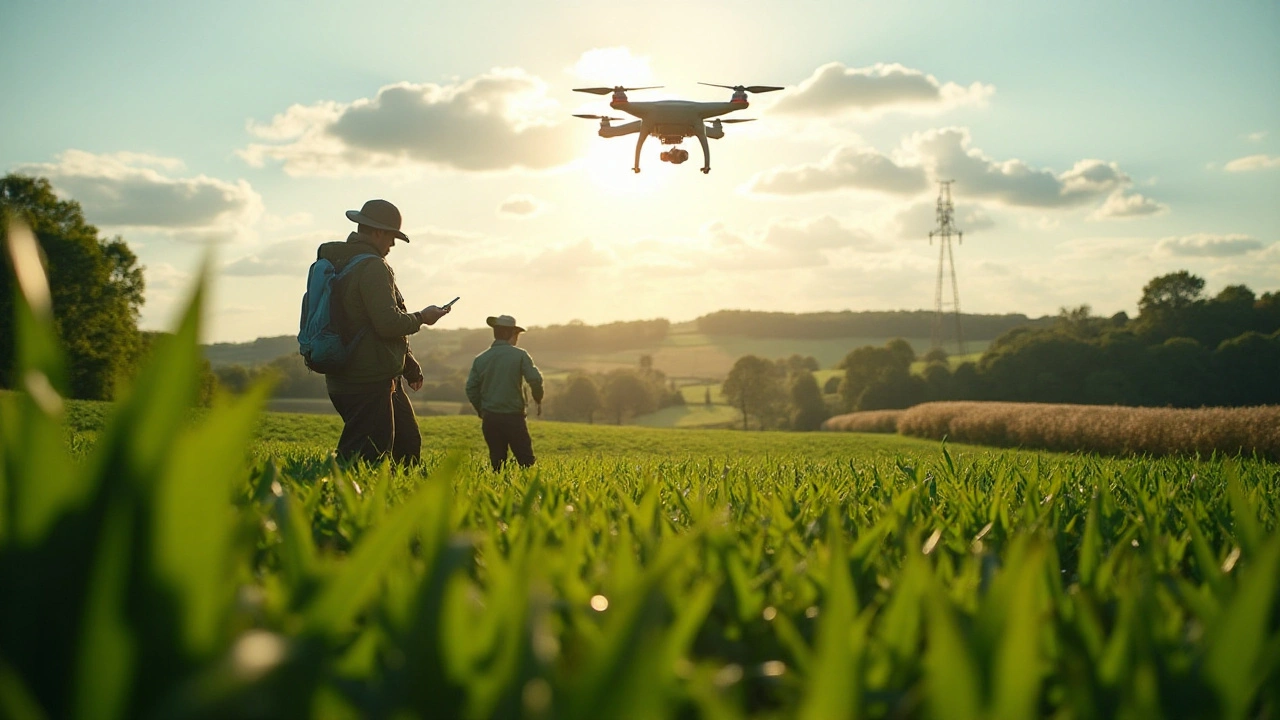Environmental Impact of Technology: Practical Ways to Go Green
Did you know the devices you use every day are chewing up a lot of energy and creating waste? From the cloud servers that power AI tools to the smartphones in your pocket, tech leaves a big carbon trail. The good news is you don’t need a PhD in sustainability to shrink that trail – a few conscious choices can make a huge difference.
Why Tech Matters for the Planet
Data centers, the backbone of AI and cloud apps, can use enough electricity to power small towns. A single AI model trained on large datasets may consume as much power as a household for months. Meanwhile, every old laptop or phone you toss adds to the growing mountain of e‑waste, which often ends up in landfills and releases toxic chemicals.
These impacts add up quickly. A recent study showed that the tech industry accounts for about 4% of global greenhouse‑gas emissions, roughly the same as the aviation sector. That’s why making tech greener is a real climate move, not just a feel‑good add‑on.
Simple Steps to Make Your Digital Life Greener
1. Choose Energy‑Smart Devices. Look for ENERGY STAR or similar certifications when buying new gear. They use less power without sacrificing performance. If you’re upgrading a laptop, opt for models with low‑power CPUs and solid‑state drives.
2. Keep Your Gear Running Efficiently. Turn off devices when they’re not in use – especially monitors, printers, and chargers. Enable power‑saving modes on phones and computers. A few minutes of idle time adds up over weeks and months.
3. Extend the Life of Your Hardware. Regular cleaning, software updates, and a good backup routine keep machines running longer. When a device can last five extra years, you avoid producing a new one and the emissions tied to its manufacture.
4. Recycle, Don’t Trash. Find local e‑waste collection points or manufacturer take‑back programs. Many retailers will accept old phones and laptops for free recycling, ensuring hazardous parts are handled safely.
5. Use Green Cloud Services. Some cloud providers now run data centers on renewable energy and offer carbon‑offset options. When you sign up for a new service, check its sustainability page – you might be able to switch to a greener plan with a single click.
6. Optimize AI Workloads. If you’re training models, try smaller datasets, early‑stop techniques, or pre‑trained models that need less compute. Batch jobs during off‑peak hours when the grid is greener can also cut emissions.
7. Adopt Sustainable Coding Practices. Write clean, efficient code to reduce CPU usage. Profiling tools help spot bottlenecks that waste cycles and energy. Less processing time means less power draw.
Implementing even a handful of these tips can lower your digital carbon footprint dramatically. Remember, the goal isn’t perfection – it’s progress. Small habits add up across millions of users, and the tech community is already moving toward greener standards.
So next time you power up a laptop or spin up an AI model, think about the hidden energy cost and ask yourself: “Can I do this smarter?” The planet will thank you, and you’ll feel good knowing your tech habits are part of the solution.

Harnessing AI for a Greener Future: Sustainable Development Insights
Artificial Intelligence is becoming a key player in fostering sustainable development. It offers innovative solutions to environmental challenges by improving efficiency, reducing waste, and enhancing decision-making processes. AI is transforming agriculture, energy management, and urban planning, providing new tools to tackle climate change. By promoting sustainable practices, AI is forging a path towards a more eco-friendly future. The collaboration between human effort and AI technology is poised to make significant strides in preserving our planet.